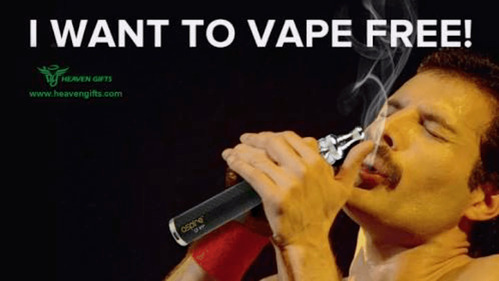I'm at least 75% sure that if you're the enemy of Big Tobacco, you are their enemy in this.I agree. I'm still very negative about these laws. But maybe its because I watched A Billion Lives a few times too many.
We still need to make our voices heard. And make them understand we are not the enemy in this.
Money's changing hands with these laws.







